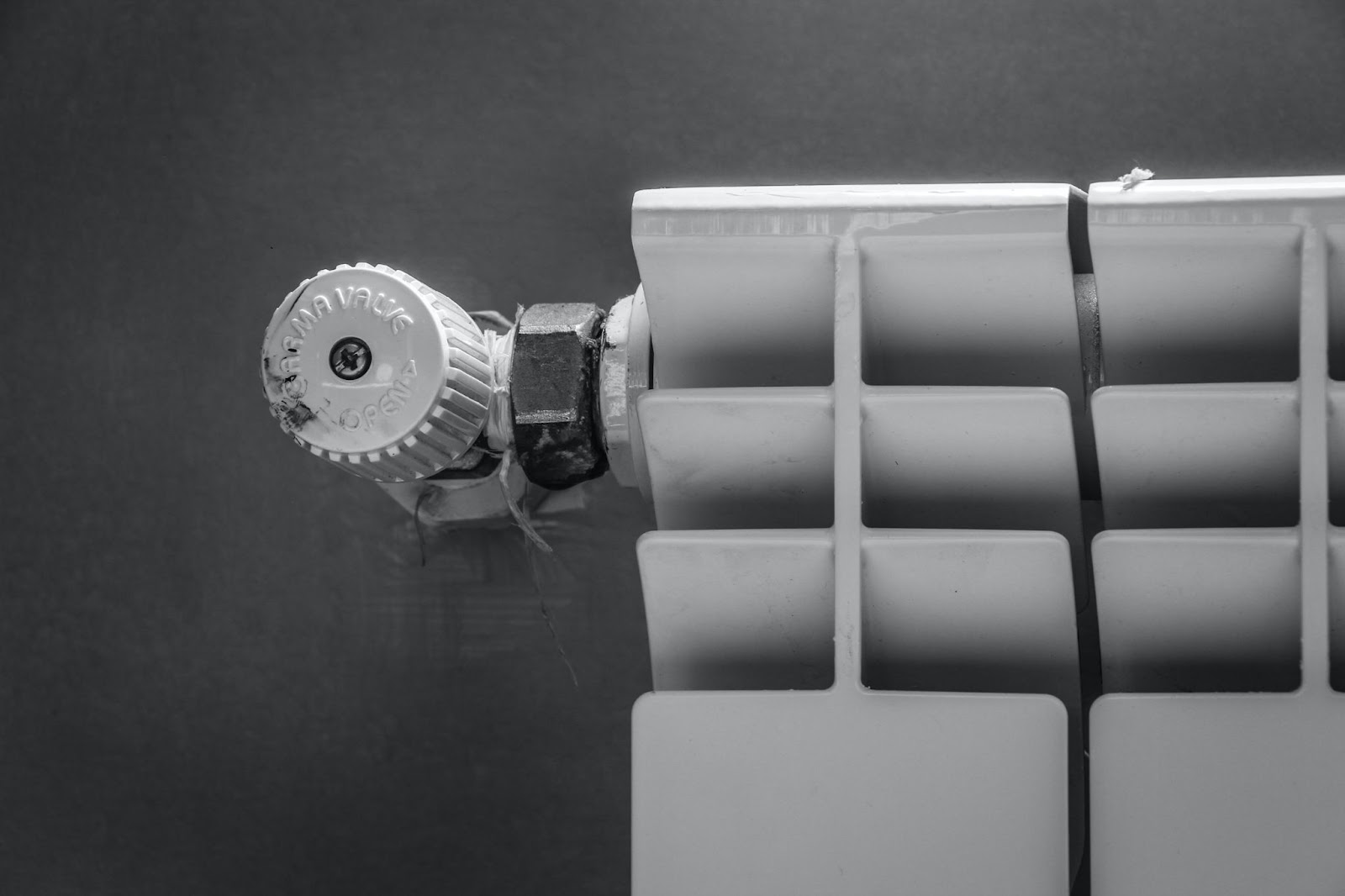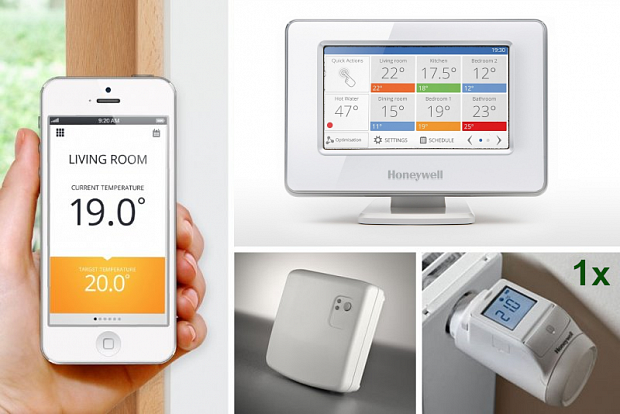High energy prices are a major concern for most households. With the arrival of colder days, people worry about high heating bills. How to save as much money as possible on heating? The answer lies in proper heating regulation.
Did you know that during the heating season, every additional degree represents an increase in home heating costs by 6%? According to experts, proper temperature regulation in each room can save up to 20% on heating costs. Thanks to an effective heating system regulation, you can save a significant amount of money.
Heating system regulators, also known as temperature controllers or heating control systems, regulate the temperature of radiators or underfloor heating in a closed heating system and can take several forms.
The simplest form is manually operated thermostatic valves on radiators. It is a very common and quick solution for heating regulation, but also very inaccurate and inefficient.

Regulating the heating system through thermostatic valves is the most common but also the least efficient method.
The advantage of zone heating regulation is that it allows for setting different temperatures in individual rooms at the same time. This avoids energy losses, as you don't heat rooms that are not used every day or are used only at certain times of the day (e.g., study, bedroom, etc.).
Common programmable thermostats for the boiler work by setting the time when they should start and stop heating. However, this doesn't account for situations, like staying late at work, when heating is not necessary. With smart heating, you can remotely set the desired temperature through an app in individual rooms. Smart heating control systems can control not only radiators but also underfloor heating, direct heaters, etc.
When choosing heating system regulators, you can decide between wired and wireless versions. Wired systems are often the choice of people who are building a new house or doing a complete renovation, as their installation requires construction work.
The advantage of wireless WiFi thermostats is that they can usually be installed without any wall alterations, and the control unit can be moved around, allowing you to control heating from anywhere in the house. However, a disadvantage is that wireless systems can be limited by signal range, and it's necessary to check the battery status.
Let's look at how to properly set the heating if you have thermostatic valves, a digital room thermostat, or a smart wireless thermostat controlled remotely.
Manual thermostatic valves typically have levels from 1 to 5, which usually correspond to temperatures from 14 to 29 °C. Heating consumption thus depends on how you turn the valves.
To save energy, lower the heating to a minimum during prolonged ventilation and then return it to the original position. If you will be away for several days, set the valve to the symbol of a star or snowflake. If the radiator is set to this symbol, it does not heat until the temperature drops below 6 °C. It is not recommended to go below this temperature because the water in the pipes might freeze and cause damage.
If you have a digital room thermostat, you can adjust the temperature according to daily activities and time the heating for workdays and weekends. Room thermostats also allow setting daily and nightly heating modes. You can lower the temperature by up to 3 °C in the evening, which again contributes to energy savings.
As we have outlined, there is also smart home heating regulation, where it's possible to easily control the temperature in individual rooms via a mobile app.
WiFi room thermostats save your time and energy costs. Many intelligent thermostats also work with smart home systems, allowing you to efficiently control your smart home. Some smart thermostats are additionally equipped with several sensors for maximum accuracy in heating regulation, whether it be temperature sensors, air quality sensors, presence sensors, or sensors for distance and light intensity.

Smart thermostat Honeywell Evohome.
For proper heating regulation, it is first important to choose the right temperature in each room of the household. According to experts, the recommended temperature in the living room is 20 to 21 °C, in the bedroom 16 to 18 °C, in the kitchen 18 °C, in the bathroom 24 °C, and on hallways and staircases 10 to 15 °C.
If your heating system has a corresponding thermostat, we recommend setting a lower heating temperature when you are not at home. Let the rooms be heated to the desired temperature just before you return home. This way, you will not heat unnecessarily when you are not at home.
Although higher temperatures in the household are pleasant in the short term, they obviously contribute to higher heating bills. Moreover, according to doctors, it can have a negative impact on health and lead to various health problems.
Proper heating regulation is a way to save a significant portion of the heating costs for the household during the heating season, and also create a healthy and pleasant environment for the whole family. Smart thermostats allow you to easily set the right temperature in each room, enabling you to control the heating via a mobile phone or the internet from anywhere.